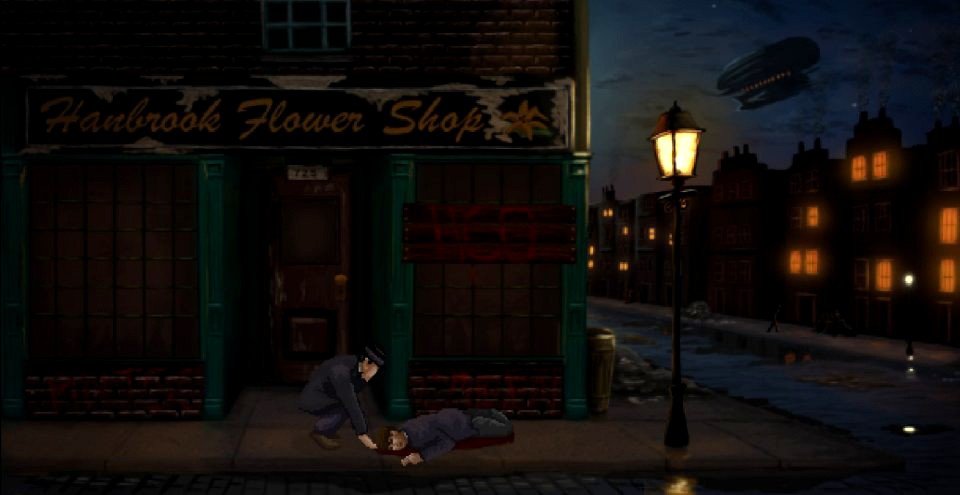Boleskine
Arcane
- Joined
- Sep 12, 2013
- Messages
- 4,045
Interview with Francisco starts at 16:27
https://techraptor.net/content/a-venture-into-the-darkened-alleys-of-lamplight-city
https://techraptor.net/content/a-venture-into-the-darkened-alleys-of-lamplight-city
A Venture Into the Darkened Alleys of Lamplight City
Courtney Ehrenhofler / August 22, 2018 at 11:00 AM / Gaming, Gaming Previews

Lamplight City is a steampunk-styled detective story from Shardlight and A Golden Wake developer Francisco Gonzalez of Grundislav Games. With five cases and an overarching mystery to solve, this preview goes over the opening story and the first case. With access to all that, I was able to get a real flavor of what’s to come.
The game opens with you, as Miles Fordham, investigating his last case working with Bill Leger, his best friend, and partner on the police force. Why is it their last case? Well, Bill promptly kicks the bucket during a scuffle with the criminal perpetrator. This section of the game acts much like a tutorial. It gives you a feel for both the city of New Bretagne and for the game’s mechanics. The tutorial abruptly ends with the death of Bill, only to have Miles wake up several months later, jobless and listless, with a ghost in his head.

Interrogating a suspect’s mum is always fun
Retaining Bill as a character and as a motivation for Miles was actually my favorite element of the gameplay. It gives Miles a more immediate reason to pursue the suspect for Bill’s murder – to get Bill’s incessant jabbering out of his head – and also allows their relationship to continue, letting the player see Miles’ emotional motivation in his hunt. Bill is also, quite frankly, hilarious. He is the one who makes comments on what you observe in your environment, giving a nice twist to the usual adventure game practice of just describing random things you find. The two of them balance each other out well. Bill is the more intuitive and people-minded one while Miles is the sharp-witted observer who isn’t afraid of asking hard questions.
The case included in the preview has you investigating the attempted murder of a high-society woman who woke up from apparent death during her funeral. Amusing circumstance aside, the game very quickly takes a dark turn. Blackmail, torture, multiple murder, affairs and Dorian Grey-esque indulgences run rampant from start to finish. This gives the game a rather gloomy tone that matches well with the background feel of the city of New Bretagne.

Very useful desk drawers they are too
With so many crimes, there are plenty of suspects and motives being tossed around, which in theory should make the case that much more difficult to solve. After all, the game touts its central mechanic of being able to drop cases and leave them unsolved or solve them incorrectly. You can progress with the story regardless, albeit in a different and not necessarily satisfactory, way. One would think that making the cases more difficult would be to encourage players to use this mechanic. Maybe it’s because it’s the first case, but so far it was easier than most mystery games I’ve played.
One element of Lamplight City that breaks from the norm is the lack of an inventory. While you can still pick up and use items, the game automatically uses whatever object is right for the situation. This sounds great at first, but I found myself forgetting what I had in my possession at any given time and there was no way to check. If I stop playing for the night, I’m out of luck when I try to pick it up again. On the other hand, it was nice not having to fiddle around and figure out how to use esoteric things like a rubber chicken with a pulley in the middle.

Our next murder suspect is… Poison Ivy!
The setting of the titular Lamplight City, New Bretagne, has an atmosphere that belies its inspirational roots in Dickens and Poe. The sound design is wonderfully solemn and the backgrounds, as usual for a Gonzalez game, are stunningly gorgeous and lovingly detailed. The characters themselves however are… not. They just don’t live up to the traditional level of excellence and detail that Gonzalez is known for. During extended dialogue sequences, these half-moving character portraits are more creepy than anything else. I, personally, don’t trust people whose lips are literally the only thing that moves when they talk. It looks like someone’s head got flash frozen and only the part below the nose thawed out.
All in all, Grundislav Games’ Lamplight City is so far a veritable Quality Street assortment of components. That is, it’s all chocolate, but not everyone is going to like the coffee one or that weird Brazilian Hazelnut one. It’s a solid start to the game in any case. Time will tell if the full game manages to capitalize on its unique mechanics and stand out from the crowd.
Our Lamplight City preview was conducted on PC via Steam with a code provided by the publisher. The game is scheduled for release on September 13th.













![Glory to Codexia! [2012] Codex 2012](/forums/smiles/campaign_tags/campaign_slushfund2012.png)






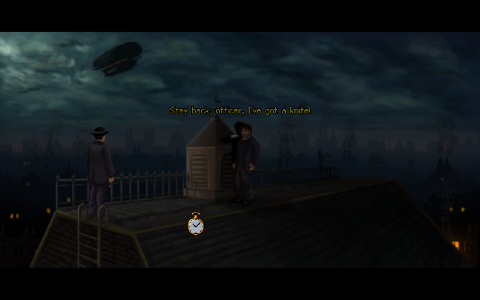
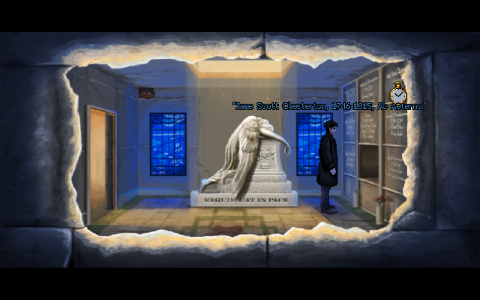
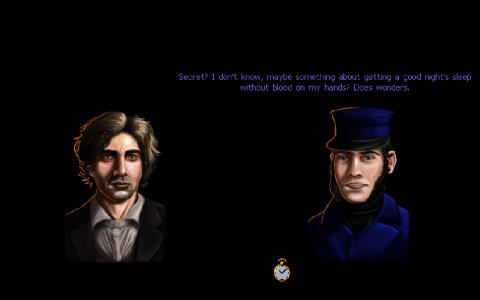
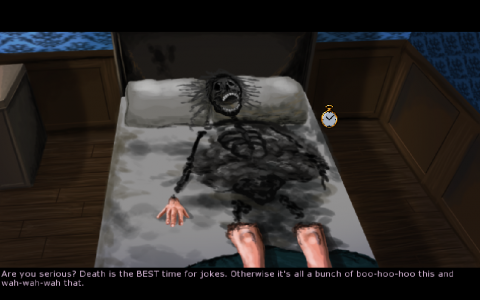
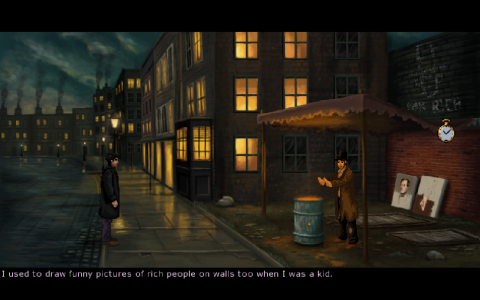
![Have Many Potato [2013] Codex 2013](/forums/smiles/campaign_tags/campaign_potato2013.png)

